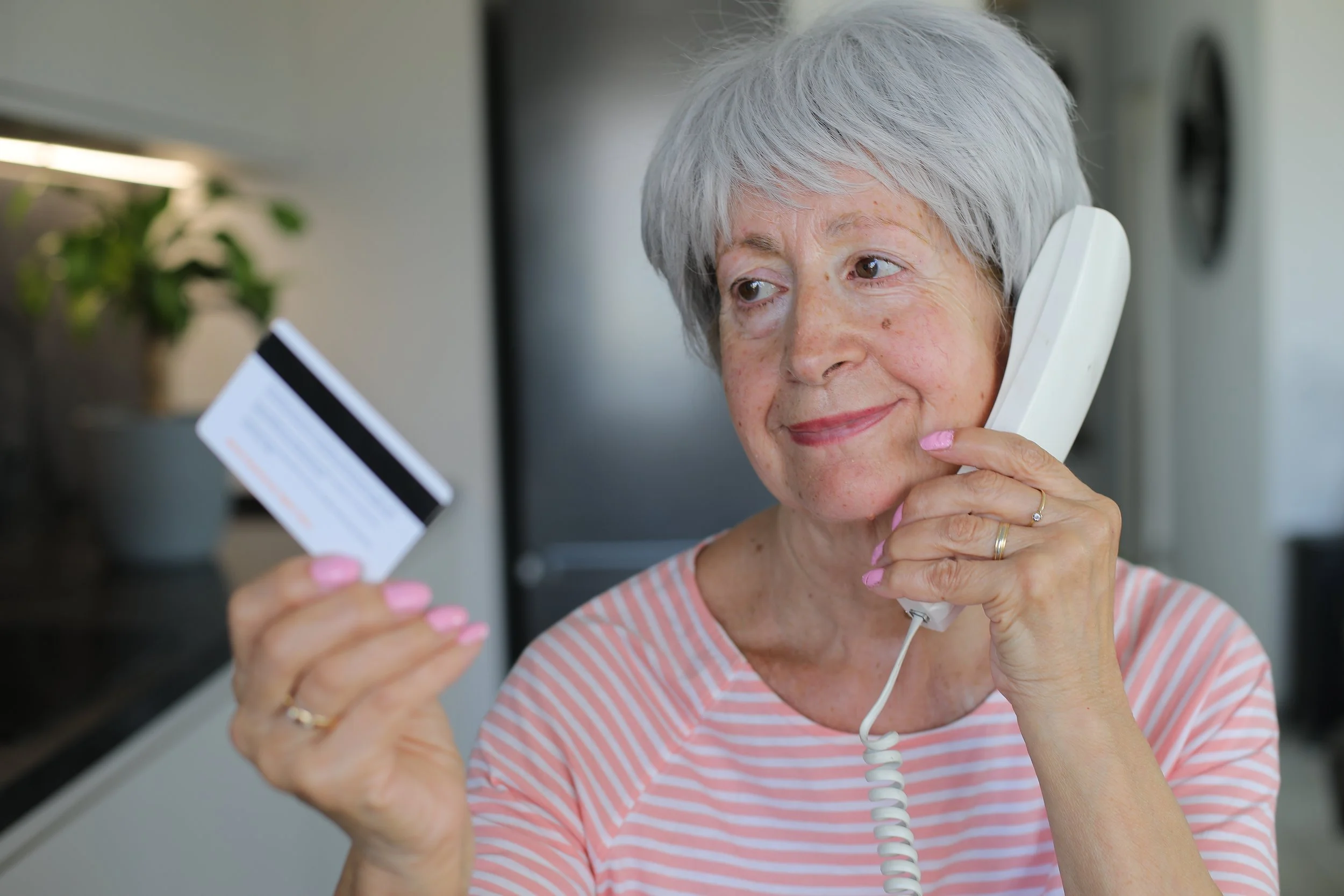Understanding Digital Payments: A Simple Guide to PayPal, Apple Pay, and More
Digital payments have become a big part of everyday life, making it easier to shop online or pay in stores without using cash. For many, the switch can feel intimidating, but with a little guidance, you’ll find these methods are convenient and safe.
Digital payments are any kind of payment made using a smartphone, tablet, or computer instead of physical cash. They’re often used for online shopping and are becoming popular in stores, where you can simply tap your phone at the checkout.
One of the most popular services is PayPal, which is widely accepted online. Setting up PayPal is simple: you need an email address and a linked bank account or credit card. When you see PayPal as an option while shopping, you just log in to complete the payment, without entering your card details again. This keeps your financial information private. PayPal also offers strong payment protection, so you can request a refund if something goes wrong with your purchase.
Another convenient option is Apple Pay, designed for iPhone, iPad, and Apple Watch users. Apple Pay is a digital wallet that stores your credit or debit cards securely on your device – it acts exactly like your physical card, but it’s on your phone. To set it up, open the Wallet app and follow the prompts to add your card. When paying in-store, hold your phone near the terminal and confirm the payment with Touch ID (fingerprint) or Face ID (facial scan). It’s quick and doesn’t require a PIN. For online shopping, Apple Pay allows you to check out with just your passcode, without entering your card details.
Apple Pay is also very secure. Your actual card number isn’t stored on your device or shared with merchants. Instead, a unique code is created for each purchase, keeping your information private. This makes it safer than using a physical card in many cases.
Your bank’s app is another great option for digital payments. Most banking apps now allow you to shop online, transfer money, and even withdraw cash without your physical card. Some banks offer cardless cash at ATMs, making it easy to access your money if you’ve left your wallet at home.
You might wonder, “Is it safe to use digital payments?” The answer is yes, as long as you take a few precautions. First, enable two-factor authentication (2FA) if it’s available. This adds an extra layer of security by requiring a code sent to your phone or email. When shopping online, always ask yourself if the website looks legitimate. Avoid entering your payment details if the site seems unfamiliar or poorly designed.
Digital payments offer many benefits. You don’t need to carry as much cash, which can be safer and more convenient. Services like PayPal provide buyer protection, giving you peace of mind if there’s an issue with your purchase. Using mobile wallets like Apple Pay also speeds up the checkout process both online and in-store.
If you’re ready to get started, setting up these services is simple. For PayPal, visit the PayPal website or download the app and follow the steps to link your bank account. For Apple Pay, open the Wallet app on your iPhone, tap “Add Card,” and follow the prompts. Once set up, you can use your phone for tap-to-pay purchases and quick online checkouts.
While digital payments may seem daunting at first, they’re often easier than digging through your wallet for the right card. And if you need help setting up these services or have any questions, that’s where we come in. At Greyology, we can guide you through the process and make sure you feel confident using digital payments.
Edin Read.
Founder & Chief Technician.
☎️ +61 401 018 615

